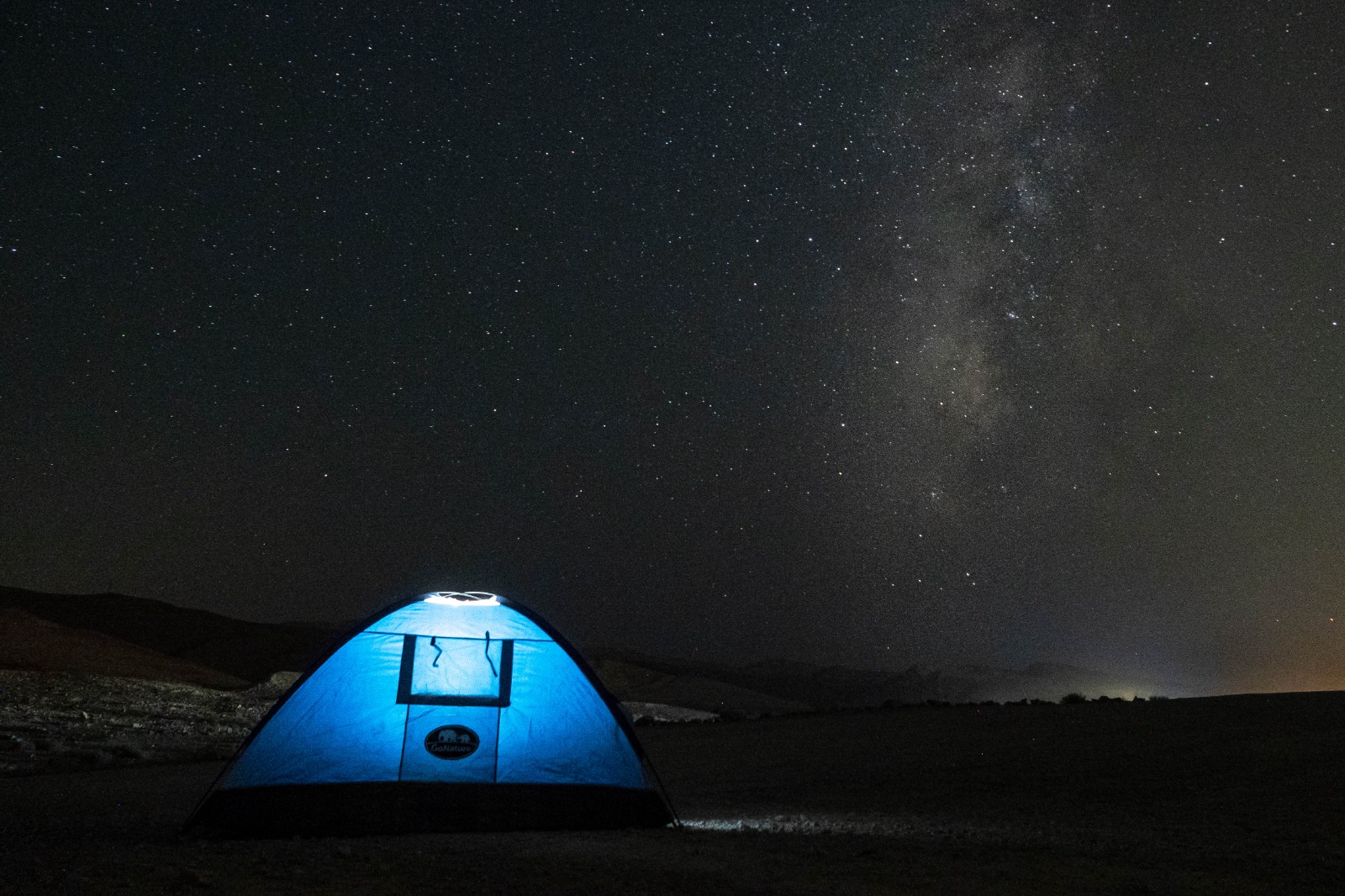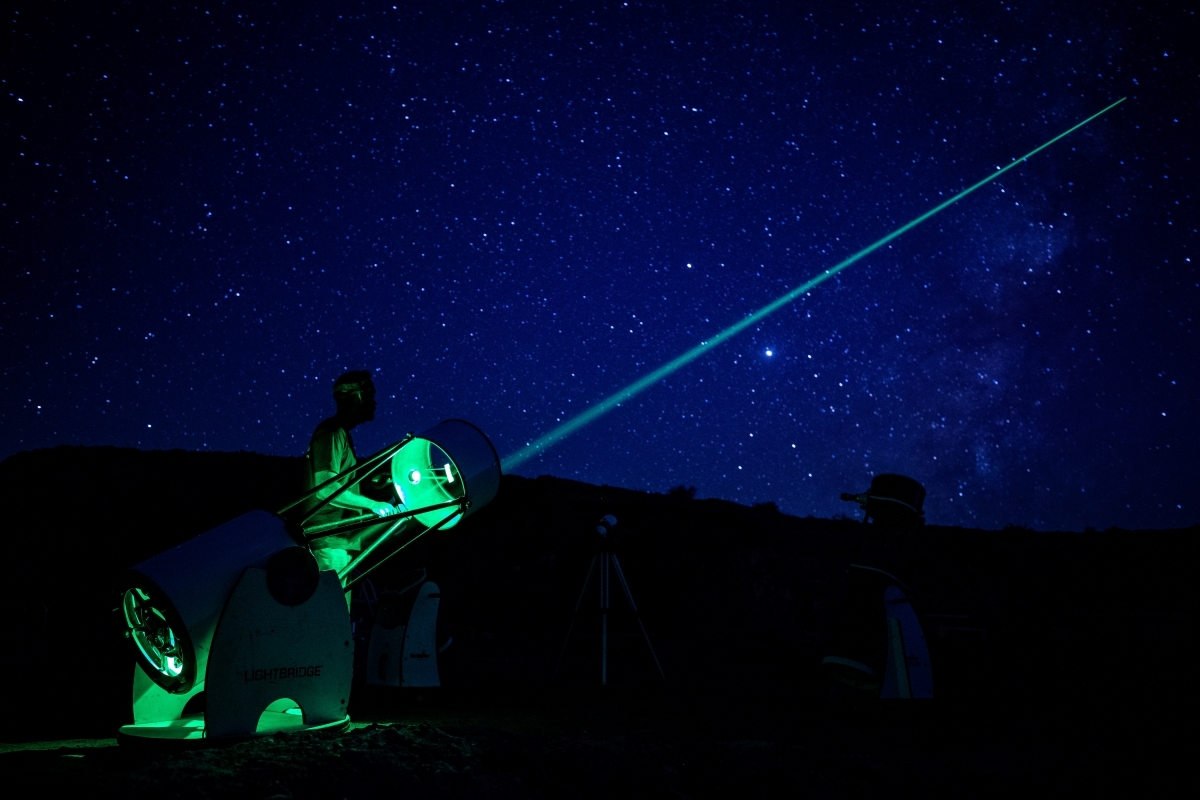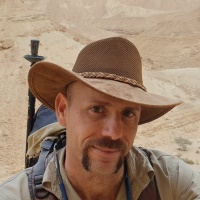Let there be… darkness
Since prehistoric times, we’ve been making enormous efforts to light up the night. Starting with sparking flint together to start the first fires, to running high voltage lines for thousands of kilometers- it seems that light requires effort, and darkness just comes naturally, and will always be there.
Modern societies have been extremely successful in lighting the night- street lights, billboard signs, lit windows, car headlights… Maybe a little too successful. In urban and even rural areas all around the world, all of this excess light, combined with air pollution, shroud communities in a soft glare that blocks the view of the sky. Fewer and fewer people ever get to enjoy a truly dark sky at night, and mostly only get to see the moon and maybe a handful of the brightest stars.
Beyond the beauty and romance of the starry night, biological studies have shown that darkness plays a crucial role in our physical and mental health. Artificial light has a negative impact on the quality of sleep, which impacts our metabolism and many other physiological processes- and we are not alone. Trees, insects, and animals have all evolved in synch with the natural daytime clock, and their behaviors are determined by the solar and lunar schedules. The abundance of artificial light “hacks” these schedules and causes the deterioration of natural ecosystems all around the world.
The best natural conditions
Few remote areas around the world have natural conditions that protect the darkness and clarity of the stary sky. In Makhtesh Ramon, the Ramon Crater, the dry desert air lacks humidity, and as a result we have very little cloud cover throughout the year.
Also, the high topographic altitude (over 1000 meters above sea level in the highest parts), means that we are quite literally closer to the sky, than many other regions. There are, quite simply, less atmospheric layers above us to block the star light.

Finally, the remoteness of the desert creates only a fraction of the amount of artificial light that can be found in any urban area. This combination of conditions was identified by scientists in the 1970’s, and the first and only scientific star observatory, the Wise observatory, was built just outside of Mitzpe Ramon.
Preserving dark night skies
The people of Mitzpe Ramon, right on the edge of the crater, have long been aware of the importance of local nightly darkness. Over twenty years ago the town started an annual tradition of shutting all lights off during the peak of the Perseids meteor shower.
Next came the decision to switch all street lighting to a special minimal-glow system. An ambitious goal was set: reduce local light pollution enough so the milky way galaxy will be visible to the naked eye from the streets within the town. Mitzpe Ramon is, so far, the only town in Israel to achieve such a goal. In the process the town was able to considerably cut back on its electricity bill.
The next step, to be implemented in the next five years, is to enforce strict no-glow regulations on all outside lighting in the jurisdiction of the town. This includes commercial signs, and perimeter lighting in industrial and military facilities- which remain the biggest source of light pollution in the area today.
A five (K) star experience
These efforts have taken place alongside the growth of the local Astro-tourism industry. Astronomical events, like the Perseids meteor shower, have become local festivals, designated viewing areas are being established, and Astro photography has become a local specialty. And still, the most popular night experiences in Mitzpe Ramon and the Ramon crater is stargazing. You can go out at night on your own, lay back and just enjoy the show.

You can also book yourself a star tour with one of the many local guides in town. Tours last between 1 to 3 hours, and include telescopes, laser pointers and fascinating stories and explanations. A night in the desert isn’t complete without something hot to drink, so most guides will also light a small campfire for you to warm up by between viewings, and put a pot of tea on… All you have to do is dress warmly and prepare your wishes- The shooting stars will be provided courtesy of the Ramon crater international dark sky park.
